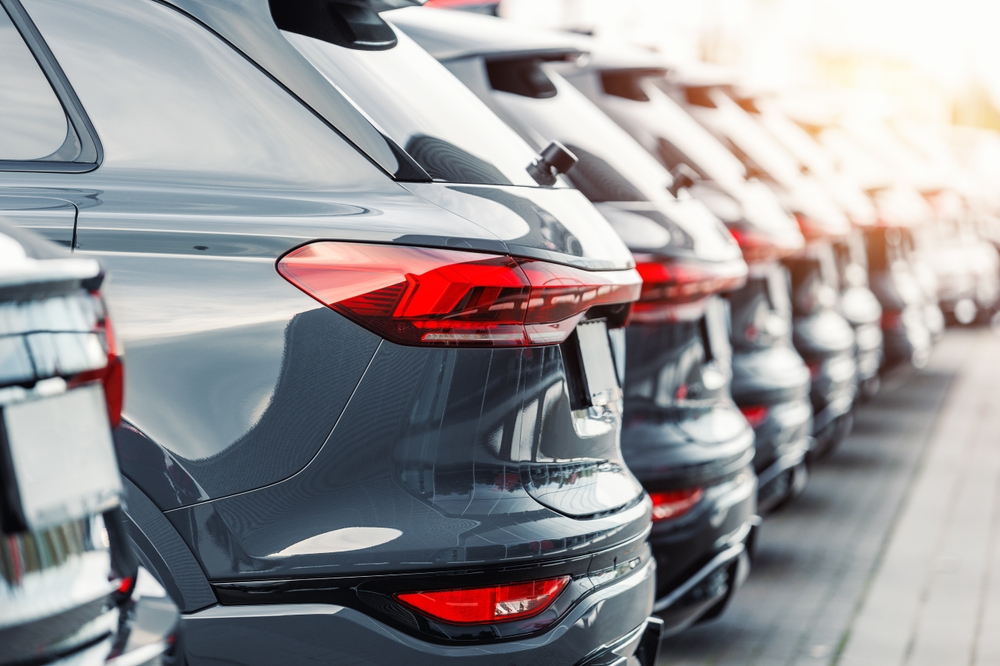As cars become more connected and smart infrastructure evolves, the notion of digital licence plates seems like a natural progression. Countries like the United States have begun experimenting with these futuristic replacements for the traditional metal number plate. In California and Arizona, digital plates are being trialled on both personal and fleet vehicles, boasting features like GPS tracking, real-time alerts for stolen vehicles, and digital registration renewals. So, what’s stopping the UK from embracing digital plates in the same way?
The short answer lies in the legal and regulatory landscape surrounding UK vehicle registration—and it’s more complex than it may appear. Let’s explore the primary hurdles the UK must overcome before digital licence plates become road legal and commercially viable.
1. The Current UK Plate Standards
In the UK, number plates are strictly regulated by the Driver and Vehicle Licensing Agency (DVLA). Every plate must conform to a detailed set of standards that dictate material, font size, colour scheme, and reflectivity. These rules are in place to ensure easy readability, especially for law enforcement and automatic number plate recognition (ANPR) systems.
Currently, UK plates must:
Be made from reflective material.
Display black characters on a white background (front) and black on yellow (rear).
Meet size and spacing requirements for all characters.
Include the plate manufacturer’s details and British Standard number.
Digital licence plates—typically e-ink displays encased in a durable frame—do not yet meet these requirements. Their visibility in certain lighting conditions, durability, and reflective capabilities have not been officially tested or approved by DVLA standards.

2. Road Legality and DVLA Approval
For any new technology to be used on UK roads, it must first be approved by the DVLA. This includes undergoing rigorous testing for safety, compliance, and interoperability with existing systems such as speed cameras, congestion charge zones, and MOT enforcement.
As of mid-2025, digital licence plates are not recognised as legal alternatives to traditional plates. Even if someone were to import a digital plate or try to customise one, using it on public roads would be considered a legal offence and could lead to fines or vehicle seizure.
The DVLA has made no public indication that they are actively exploring digital plate regulation, though private sector lobbying efforts are increasing.
3. Security and Privacy Concerns
Digital plates come with embedded technology, including GPS modules, wireless connectivity, and in some cases, programmable displays. While these features offer advantages like remote updates, they also raise significant concerns about privacy and data security.
Would the government or third-party providers have access to real-time location data? Could the plates be hacked to display false information? These are valid concerns that the UK’s legal system has yet to fully address.
Until there is a comprehensive framework to manage data ownership, cyber threats, and misuse prevention, digital plates will remain a legal grey area.
4. Infrastructure Compatibility
Another challenge is how digital plates would interact with existing UK transport infrastructure. Current systems like ANPR cameras, ULEZ (Ultra Low Emission Zone) scanners, and toll road sensors are calibrated for traditional plates with reflective materials and static fonts.
Transitioning to digital plates would require re-evaluation of these systems for compatibility, costing time and public funds. Moreover, local councils and private parking operators would also need to adapt their enforcement tools.
Until there is a cohesive strategy for nationwide compatibility, the practicality of adopting digital licence plates remains limited.
5. Industry Readiness and Cost
The UK plate manufacturing industry is highly standardised, with thousands of garages and third-party providers authorised to produce plates following DVLA guidelines. Moving to digital plates would disrupt this established network.
Companies like Regplates, which have specialised in supplying custom and legal number plates for decades, would need to overhaul production lines, retrain staff, and adopt entirely new technologies. Meanwhile, consumers would face higher upfront costs, with current digital plates in the US retailing for upwards of £500–£700 per plate, excluding subscription fees for digital services.
Without substantial government incentives or subsidies, widespread adoption in the UK could be prohibitively expensive for the average driver.
Conclusion: A Future Still Under Construction
While digital licence plates hold great promise—from streamlined vehicle management to theft deterrence and smart integration—the UK’s legal framework is not yet equipped to handle their introduction. Strict DVLA standards, legal ambiguity, data protection laws, and industry readiness all present significant barriers.
Until these issues are addressed through regulation updates, pilot programs, and public consultation, digital plates will remain more of a futuristic concept than a near-term reality in the UK. Stakeholders in both government and the private sector must work together to balance innovation with legal compliance and public trust.